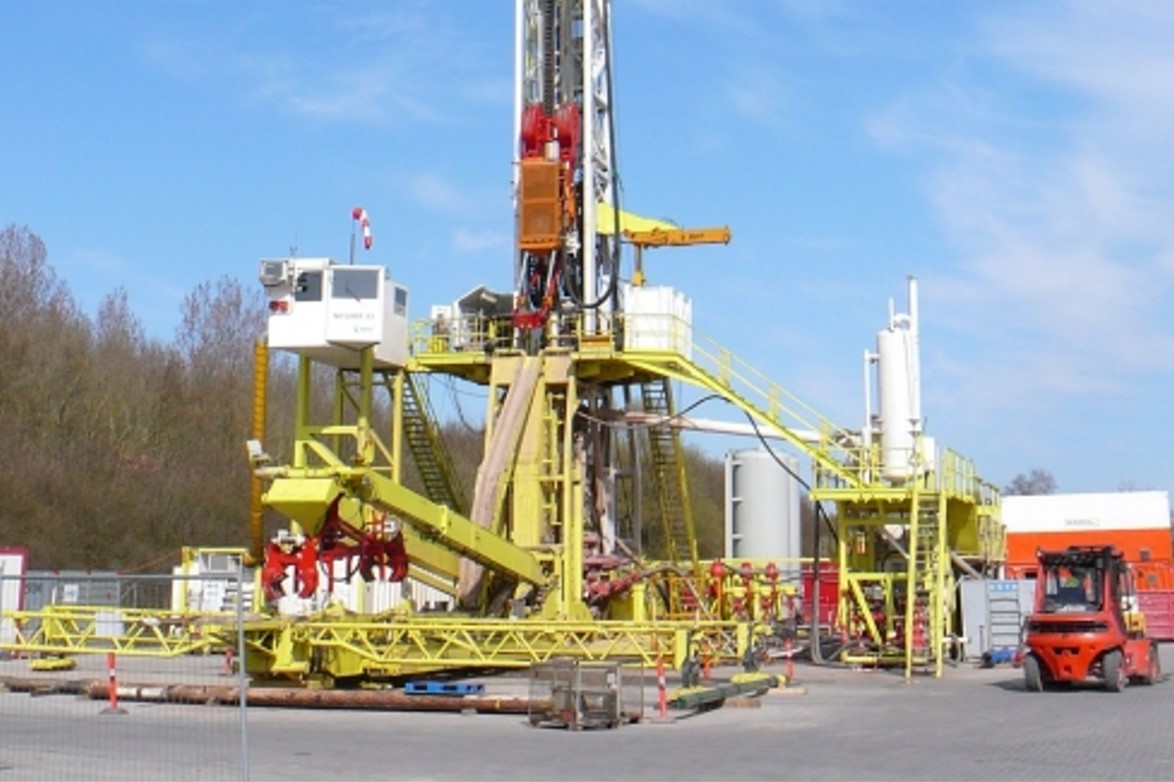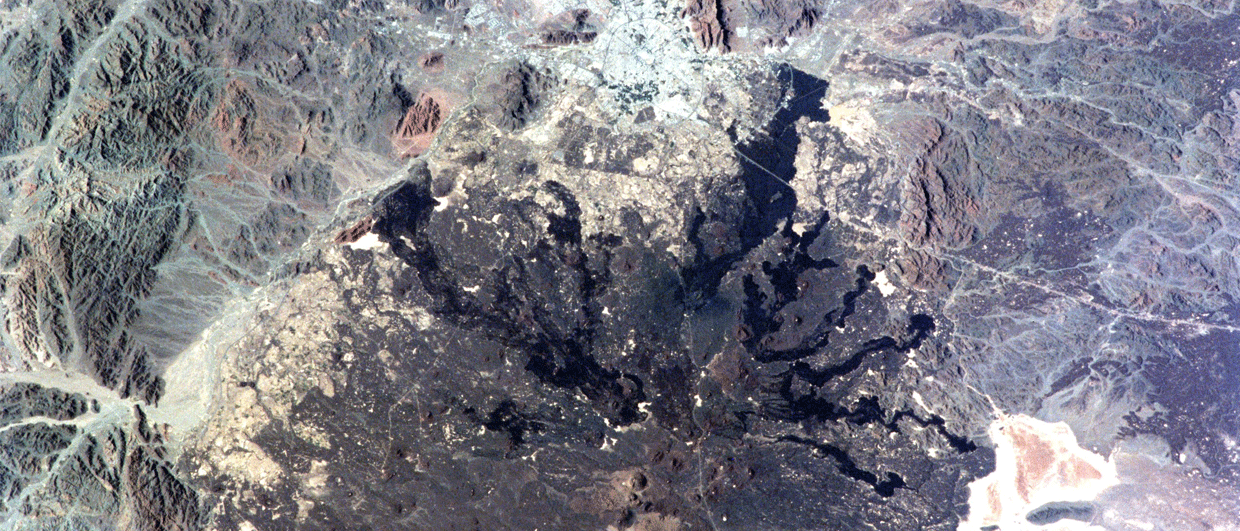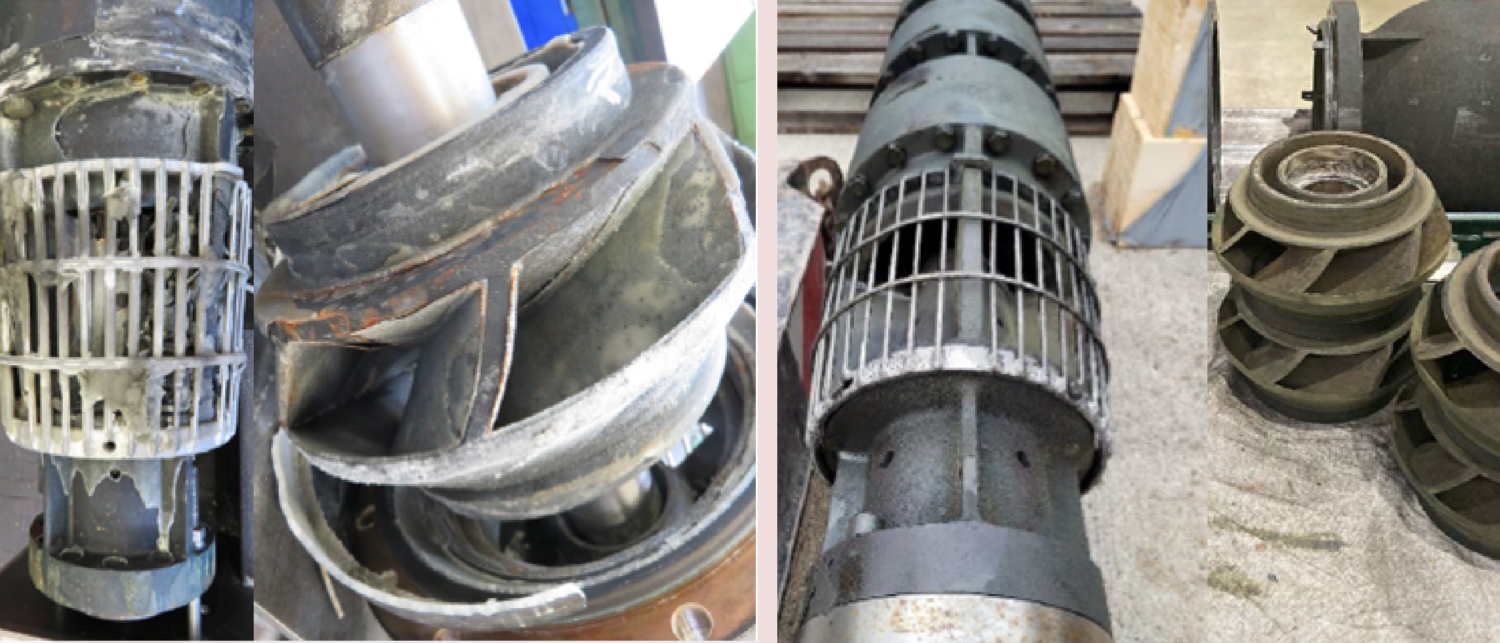Plans to drill up to seventeen wells – each to a depth of around 2,500 m. That is the scale of the geothermal development that may be realised in the city of Aarhus in Denmark.
As we already reported on last week, Innargi – a company founded by Danish conglomerate A.P. Møller Holding in 2017 – announced plans to provide up to 20% of the Aarhus district heating demand through the provision of geothermal energy.
We got in touch with the company to hear a little more about the size and technicalities of the project.

It was already clear that the 110 MW development was going to be significantly larger than the currently operating geothermal project in Denmark – Thisted. This 2-well development (one producer and one injector) supplies around 7 MW, so the Aarhus project is going to be 15 times larger in terms of energy produced.
Split up in 10 producers and 7 injectors, it is a big and ambitious project as it doesn’t happen often that so many deep wells are being drilled in one campaign. In the Netherlands, where more than 20 geothermal energy projects were realised in the past decades, most are just two-well developments.
As we already anticipated, the Triassic Gassum Formation will be the main drilling target for the wells. Innargi said that two to three exploration wells will be drilled first in order to assess the subsurface flow properties of the sandstones. Innargi also said that seismic acquisition will not be part of the exploration phase.
If the exploration results are positive, the remaining wells will be drilled with an anticipated spacing of around 800 m between the producer and injectors. The estimated economic lifetime of the project is thought to be 30 years.
A factor that must have been a key driver in getting this project over the line is that Innargi covers the subsurface risks associated with the project. We asked if that includes filters and downhole pumps, as it was these aspects that caused problems in previous geothermal projects in Denmark. Innargi confirmed that these risks are also covered by the company.
All in all, when successfully implemented, it is not difficult to see that the geothermal community should closely follow the project in Aarhus in the years to come. It is a project that can further demonstrate the value of district heating through deep geothermal energy.
HENK KOMBRINK




